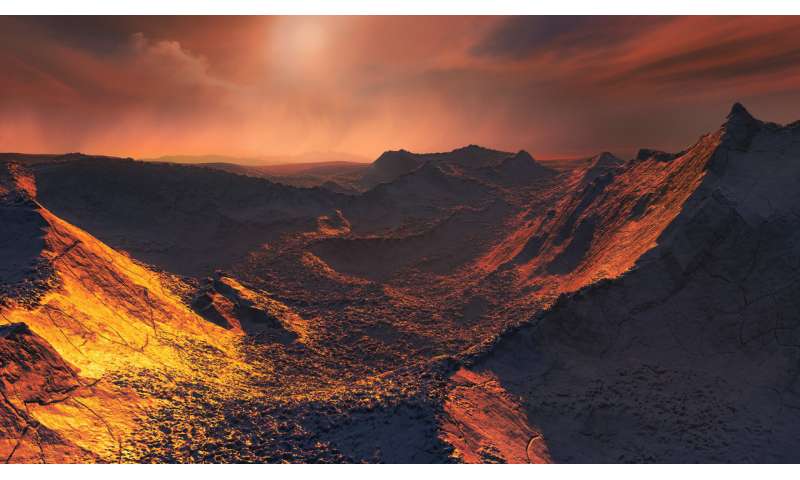Best of Last Week – Super-Earth around Barnard's star, a way to improve battery life and fast walking link to health

It was a big week for space science as a large international team of researchers made headlines with the announcement that they had discovered a super-Earth around Barnard's star—the closest star to our sun. And another international team reported that the satellite Gaia had spotted a 'ghost' galaxy next door called Antlia 2, on the outskirts of the Milky Way. Also, NASA reported that the agency had learned more about the interstellar visitor 'Oumuamua by studying data from the Spitzer Space Telescope. And a pair of astronomers, Maurice van Putten of Sejong University and Massimo della Valle of the Osservatorio Astronomico de Capodimonte, reported that they had detected gravitational waves from a merged hyper-massive neutron star—a first. Also, a team at NASA's Jet Propulsion Laboratory reported finding that trans-galactic streamers were feeding the most luminous galaxy in the universe—W2246-0526 is being fed by three companion galaxies via the streamers.
In other news, a team of researchers at Aston University announced that they had found a way to improve smart phone battery life by up to 60 percent by reducing the amount of power that apps consume. And a trio of researchers with the Field Museum of Natural History—Matthew Nelsen, Richard Ree, and Corrie Moreau—reported their findings regarding how plants evolved to make ants their servants. Also, a team from Arts & Sciences at Washington University described a study they conducted that revealed a huge amount of water being dragged into Earth's interior—three times as much as previously thought. And the Department of Agriculture, along with the Food and Drug Administration in the U.S., took steps to get 'lab meat' on plates—they agreed on how to regulate such products, effectively giving the green light to synthetic meat production efforts.
And finally, if you have ever noticed that some people walk faster or slower than others, you might want to take note of your own gait—Matteo Cesari, from the University of Milan, found that how fast you walk says a lot about your health—the faster your pace, the healthier you likely are.
© 2018 Science X Network